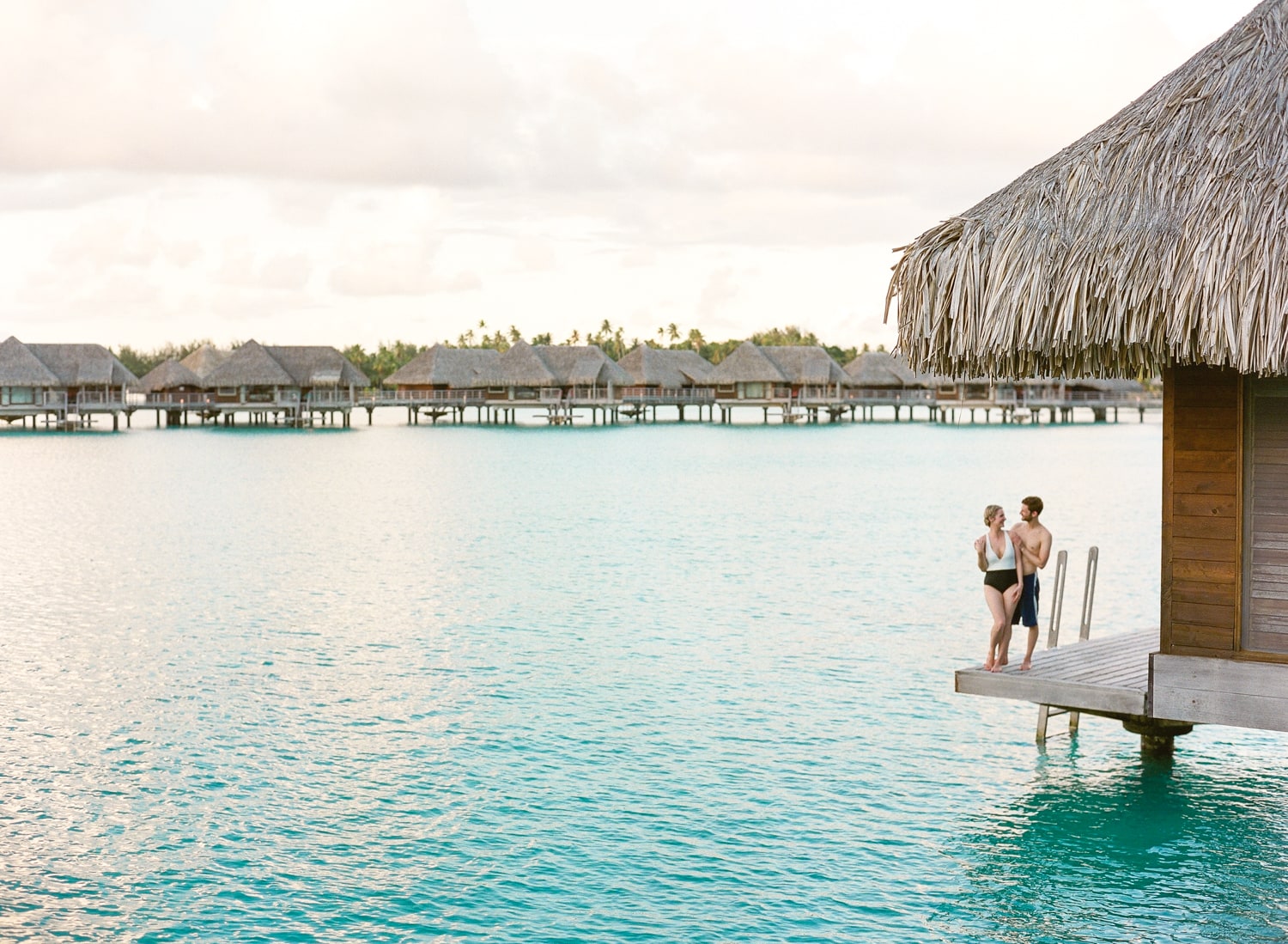Introducing Film Photography in Bora Bora, French Polynesia
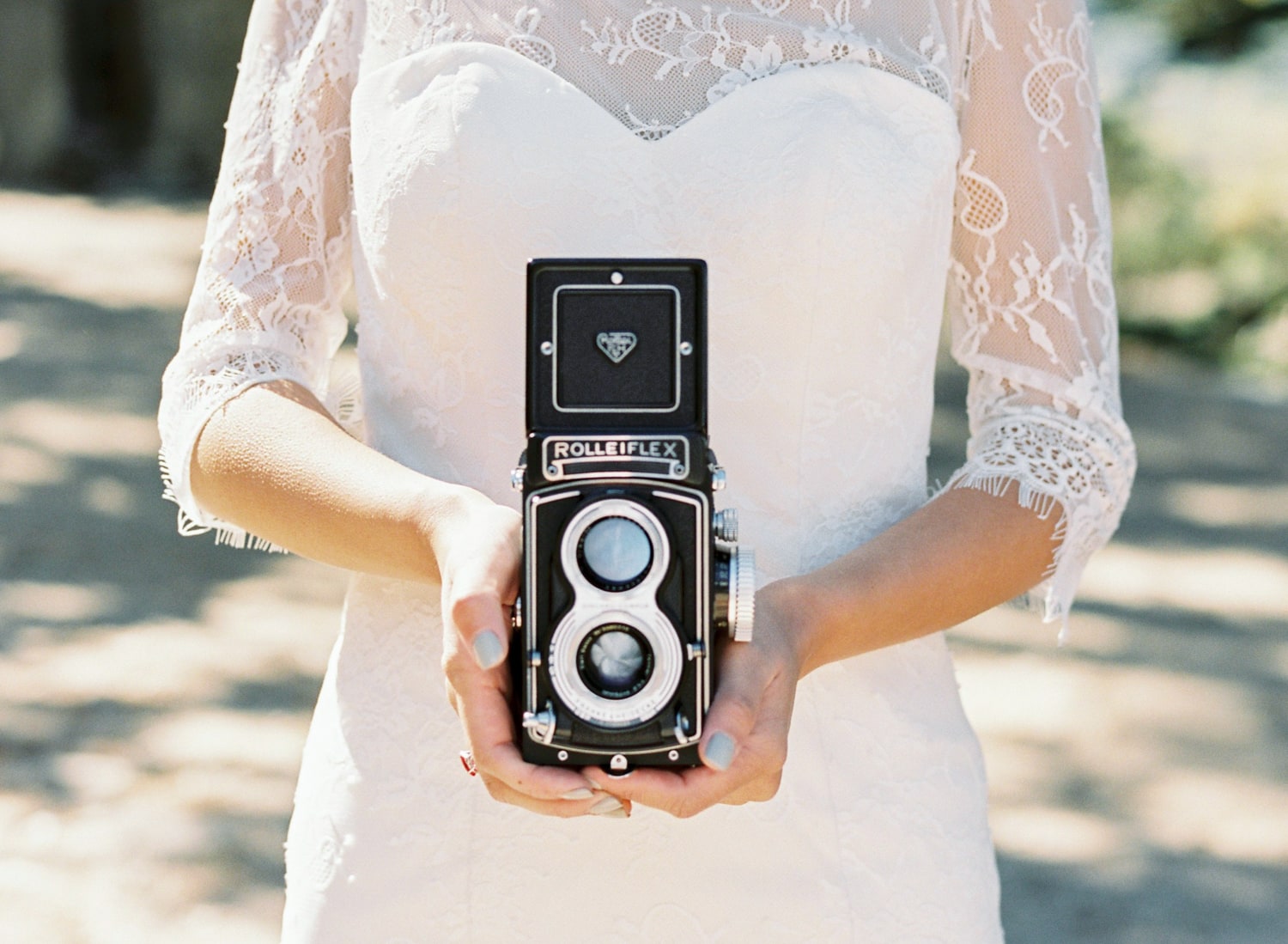

Have you ever heard about analog photography? Do you know why some photographers use only analog cameras? What are the great advantages of film photography? If you are looking for some basic answers to the above questions, this article is for you.
We have nowadays two main photographic technologies in use: digital and analog. Basically, the main difference between them is the recording medium. Analog photos are made on photographic film and then undergo chemical processing, whereas digital ones are based solely on photoelectric signals and processed only by electronics. Analog technology was the only type of photography for almost a hundred years. In fact, it was one of the greatest inventions of the 19th century, along with the light bulb, telephone, or the battery. When the digital photography was born in the late 20th century, more accessible and less expensive, only the most devoted film photographers stuck to their “old” way of work. Recently, however, the analog has made a strong come back in the fine art wedding photography industry: first in California, then in Paris, London, and now all around the world. Why? What is the reason for this?
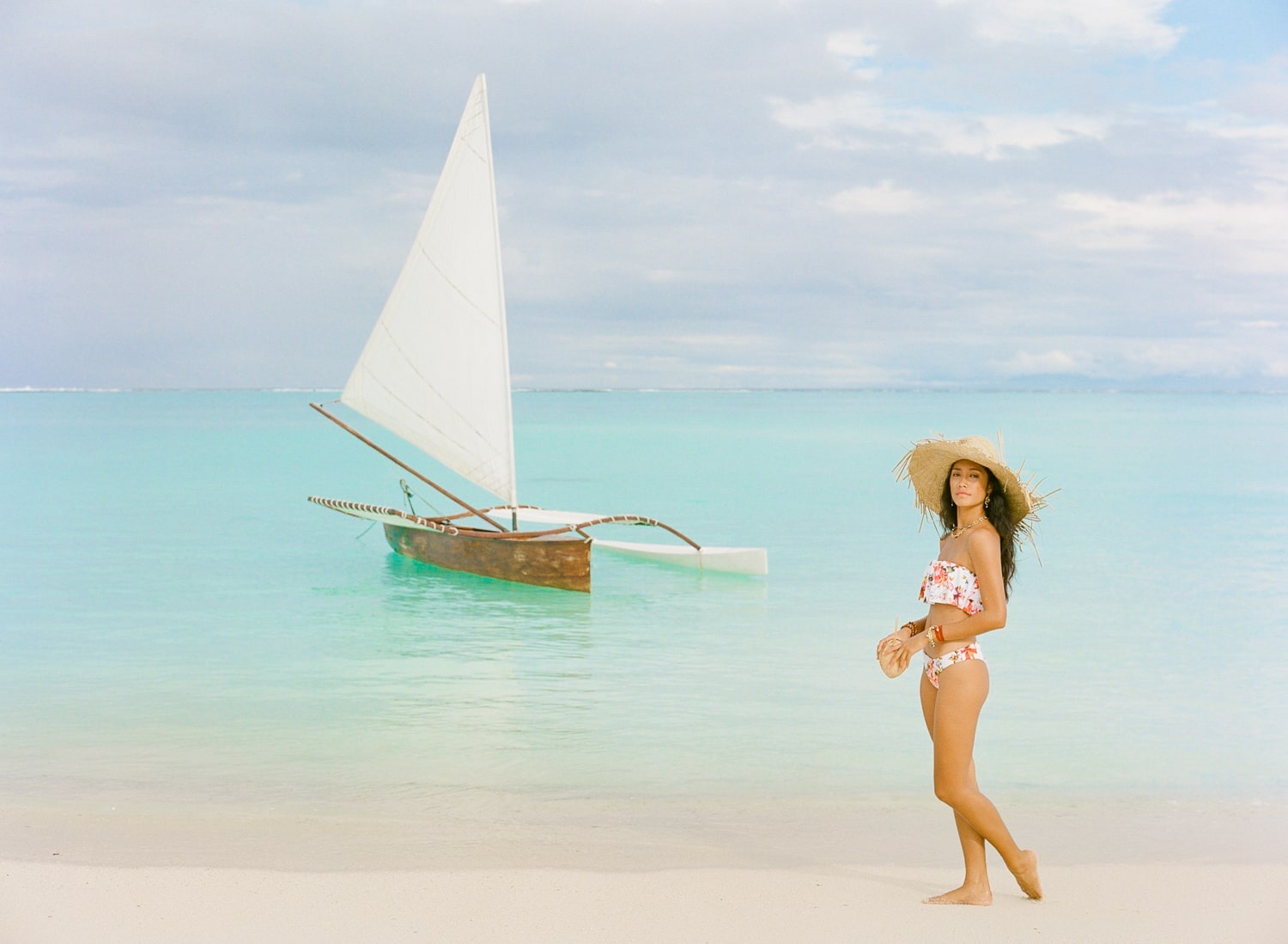
I have been shooting film for almost five years now. In January 2019 I moved to Bora Bora, and, naturally, I keep working with my beloved contax here (a type of medium-format analog camera). There is no other film photographer in French Polynesia, so I try to do my best to show how beautiful it is. However, introducing analog photography and working with film here is not so simple. It requires specific logistics: ordering the rolls (import cost and taxes are higher than anywhere else), keeping them in the fridge (French Polynesia has a terrific climate for people, not for film!), then once the photoshoot is done, sending them by private courier to the lab in the United States… I deal with all those difficulties.
You could ask “Is it worth it? How do you organize every photoshoot?”
Film Photography is a type of photography which uses an analog camera and rolls to create an image. The light is very important in this creation and often we need a light meter to measure it. Once the roll is completed, we send it to a specialized film laboratory (otherwise, we can develop black and white images ourselves …). The team takes care of it and conducts the necessary chemical process to develop the images on the negatives. The laboratory then makes the scans and adjustments. The scanned images become digital and are ready for shipping!
It is how it works when we look at the “technical” side of the profession. But to me and, I am sure of it, to the majority of people who love it, this is and always has been more than just a technique. It is all about MAGIC. We all remember our parents and grandparents’ images printed in black & white. Perhaps we remember how we took the first photos with our analog camera, and when we received them over two or three weeks later. It was magical and evoked so much emotion. In fact, watching the old photographs still arises emotion. Why? Because each shot is unique. Each shot has a meaning. Perhaps not every image is technically perfect, but it is about emotion and UNIQUENESS. I also shoot digital, and I like it especially for the movement, children portraits, or adventure. It is accessible and so practical. The only thing is that in digital we shoot much more than in analog; we care less about how we shoot. We have thousands of photos on our disk and we cannot see the uniqueness of each of them.
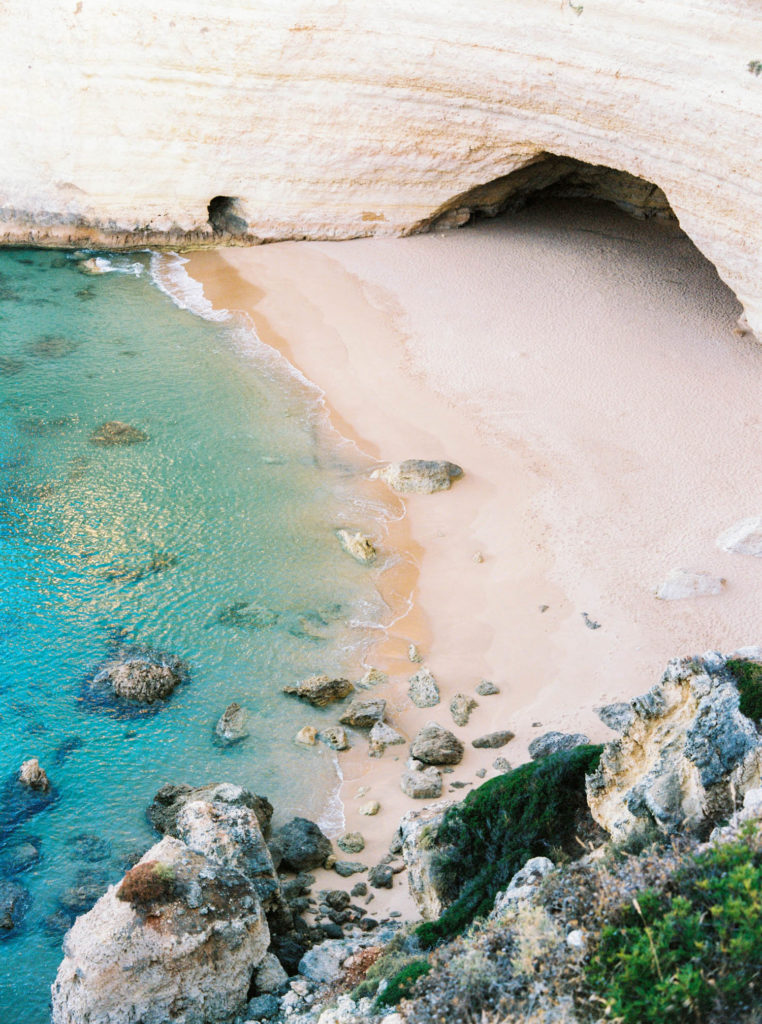
As we have already mentioned, images made by analog camera are magical, unique, and arise emotions. These are not the only advantages. One of my favorite things in film photography is the wide (indefinite, in fact) range of beautiful and soft colors. Sometimes I am surprised myself how my little camera and my lab can produce so wonderful colors! I can hardly find any similar ones in digital images. I am so happy that such an amazing invention as analog photography was made. I am so proud to use it in French Polynesia!
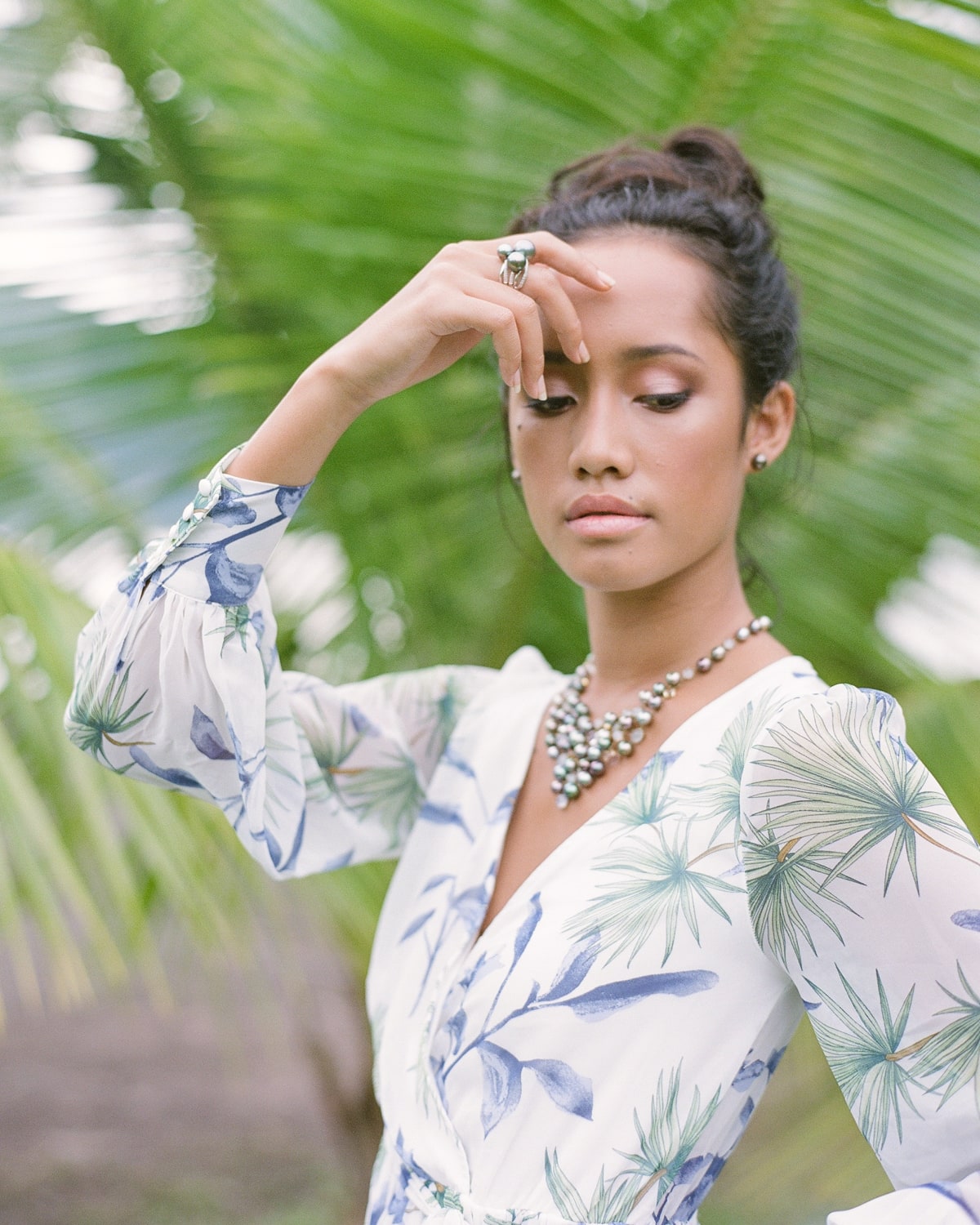
In 2014, I was working with my husband, Ossa, as a wedding photographer in Europe. At that time, we made this big decision together: let’s get out of our comfort zone and try to deliver something unique to our clients. Welcome Film Photography! I will always remember my first roll; it was not good! I realized that working with digital formats all the time made me too lazy. Film photography motivates me to constantly improve my photographical skills: light, exposure, and composition. Everything is so important. Even if it takes a lot of effort, time and money, I never give up. I like every professional challenge, and I am truly convinced that it pays off.
From the very beginning, shooting film photography was a big investment. It was necessary to master light and improve my skills. I had the pleasure to work with world-renowned photographers and designers in Paris and California. I appreciate it very much, and I realize that it was a must-to-do to reach the top professional level.
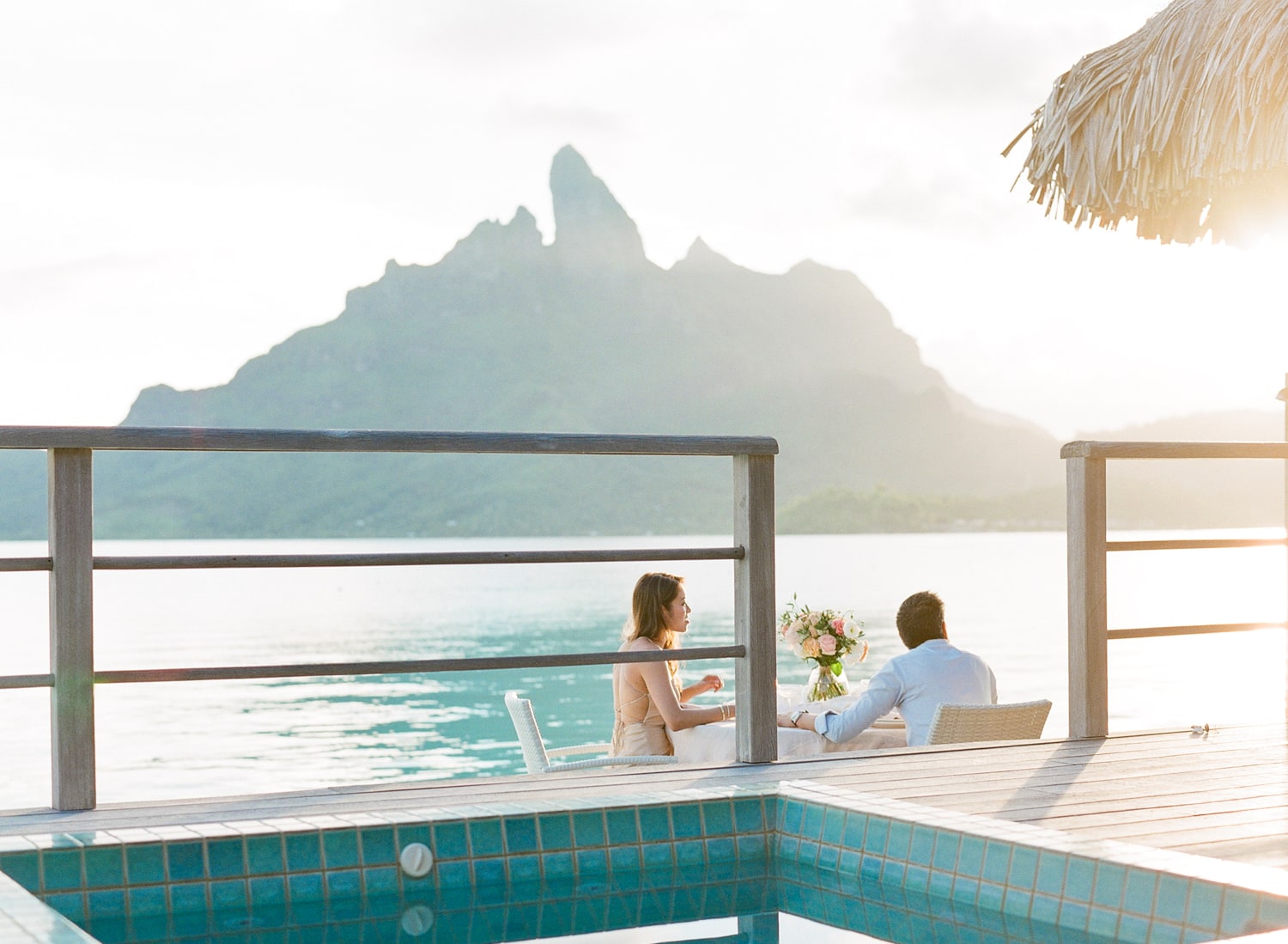
Moving to Bora Bora was a dream project. I was preparing it for almost two years. My goal here is to introduce and promote film photography in one of the most beautiful places in the world! I am delighted to provide film photography and a soft light style in the middle of the Pacific, mainly in Tahiti, Bora Bora, and Moorea. I feel more than happy that clients trust me and let me create unique images for them.
Medium 6×4.5 is a fine art portrait format par excellence. In a nutshell, when you use a digital camera, the most important are lenses and the sensor. The bigger is the sensor, the better the quality of the image. This is why smartphones are not good enough when you have to handle bad light conditions; the sensor is too small. A medium format camera has a big sensor and gives the impression of amazing depth. A perfect combination for fine art!
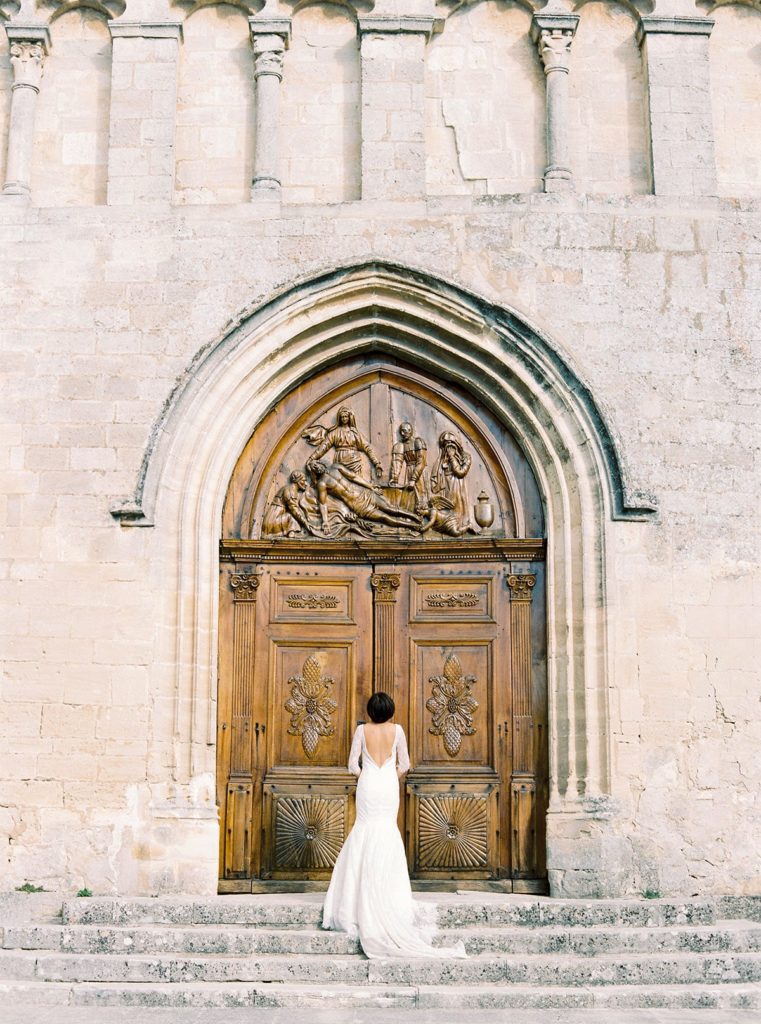
Digital is sharp, all zeros and ones, whereas organic is touchable and soft. You could compare this to music. When you listen to a vinyl, you can almost “feel” the sound. Film reacts to nature, water, trees, or even to human skin! Imperfection is perfect!
Film handles light in a way digital will never do, especially on sunny islands!
Light is very important in film photography. In Bora Bora you have two types of it: hard light during the day and soft light after the sunrise / before the sunset. The unquestionable advantage of film is that it handles the hard light very well, to the extent that even skin tones captured in the open sun can be a feast for the eyes. The colors of Bora Bora themselves are amazing as well. The sunset is always gentle and we can feel its real magic in the images. Blue, green, orange, and gold hues are simply divine here.
If you have any question or remark about film photography, please contact us.
